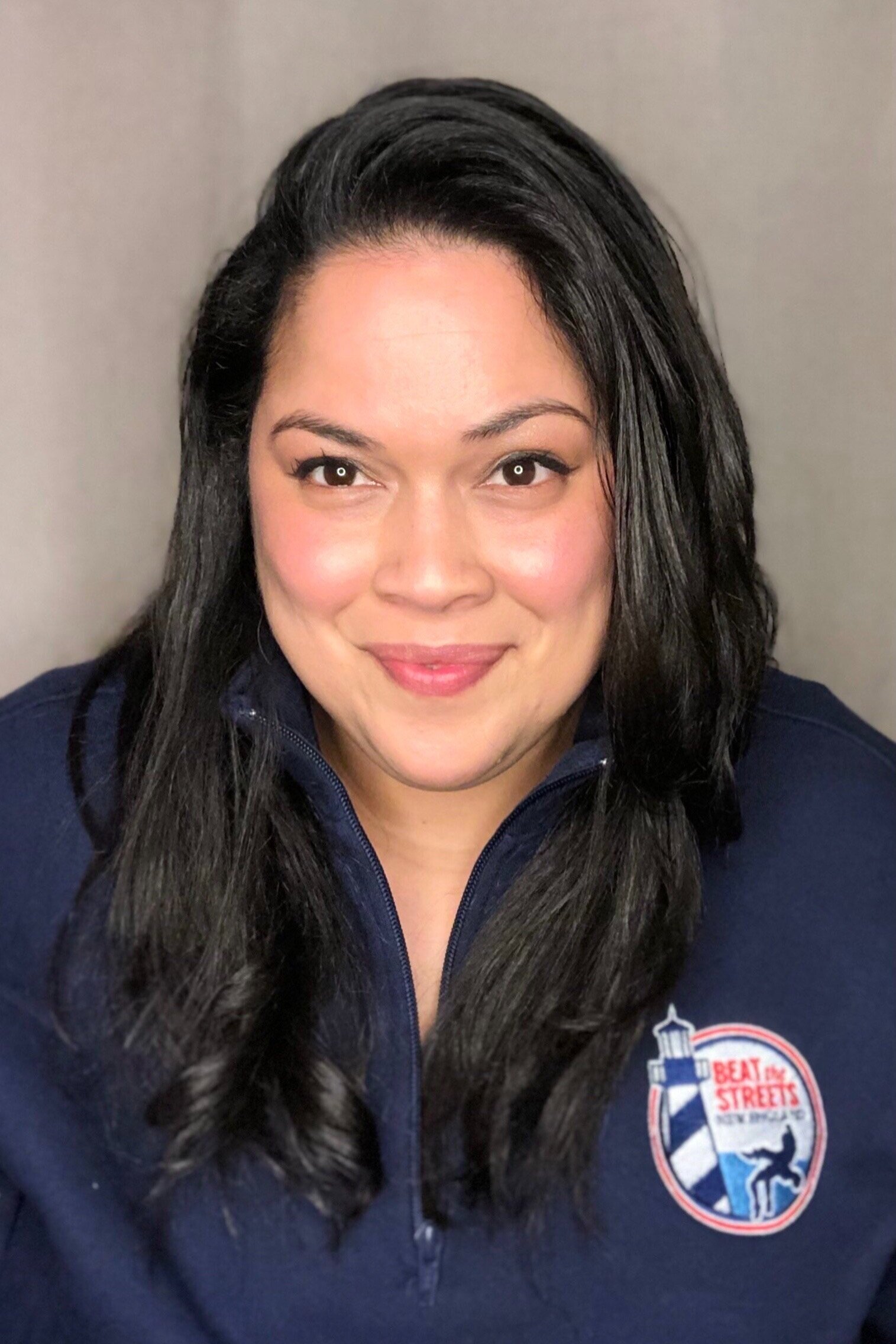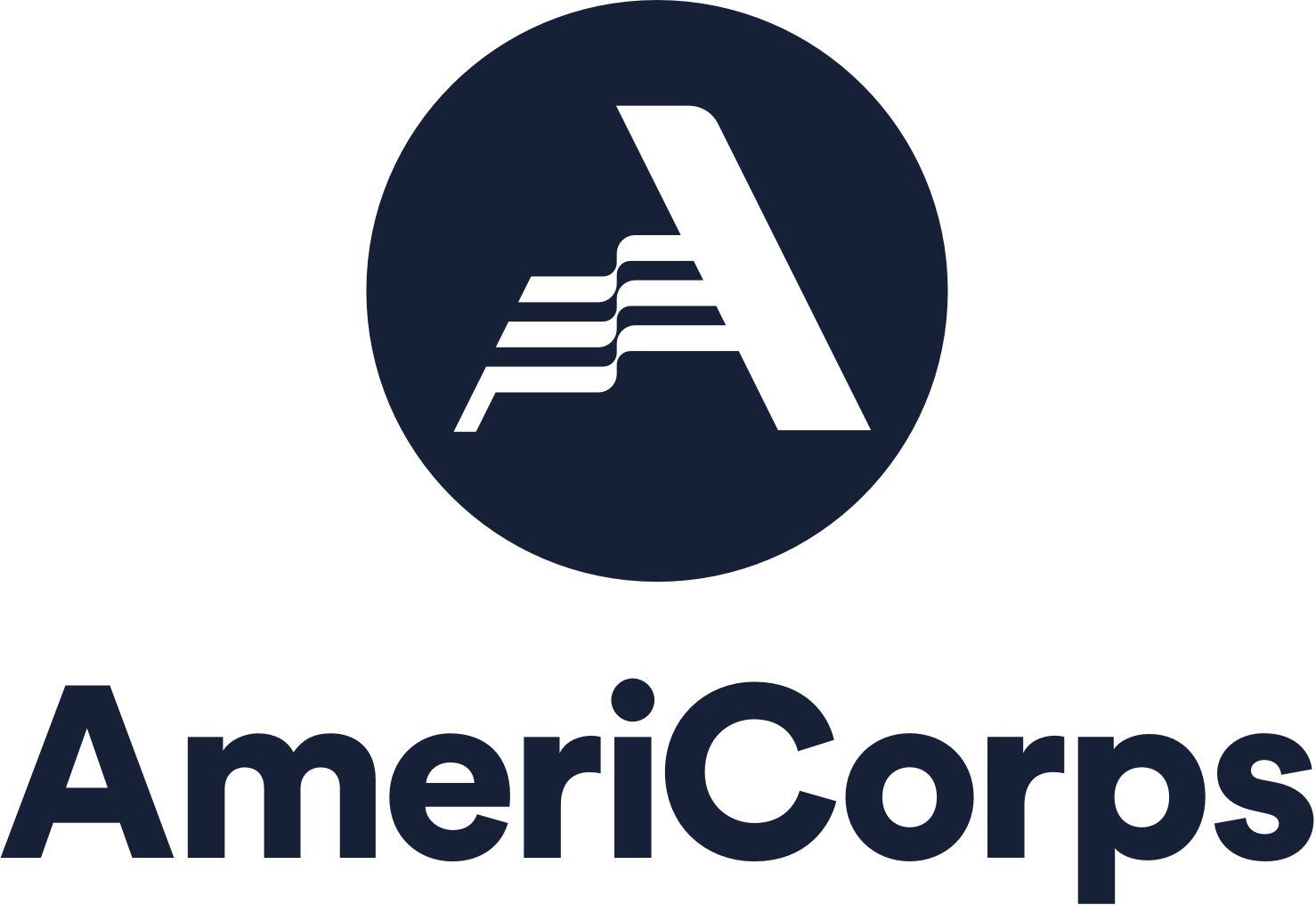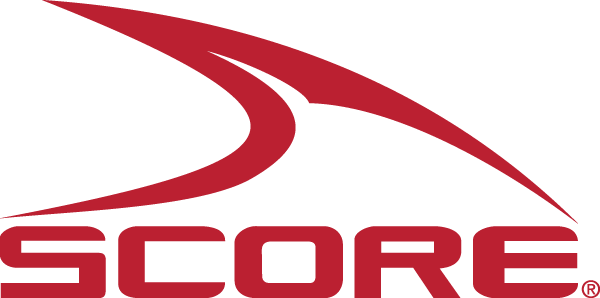Girls and women have always had to fight for the space they take up and the space they hold. This holds especially true for girls and women in sports. It wasn’t until 1972 that girls were given the right to equal access to sports with the passing of Title IX. Since then, we’ve seen female athletes own their power, strength, skill and abilities to rise to the top, even with endless barriers set in their way. It can often feel like those barriers are constantly morphing and changing as female athletes continue to prove they are equally as exciting to watch, rally behind and quite simply, love. The barriers are often highest for young girls, especially young girls of color, as they navigate how the world sees them and how they want to be seen as female athletes.
Organizations like the Women’s Sports Foundation in their report Chasing Equity: The Triumphs, Challenges, and Opportunities in Sports for Girls and Women and adidas with She Breaks Barriers are finding ways to suss out what barriers, exactly, girls are facing today and how we, collectively, can support the movement to change youth sports. They say knowledge is power and as young girls look ahead to their future, it is important to consider how we’re shaping youth sports now so girls can continue to break barriers, glass ceilings and feel beautifully powerful as athletes.
To reflect on the power of female sports and the work that lays ahead we sat down with three sports based youth development non-profit leaders to discuss their work, the barriers the girls of today are facing and where they see the momentum of girls and women in sports heading.
Nicole Matuska
US Director of Women Win Foundation
Bior Guigni
CEO Boston Youth Wrestling / Beat the Streets New England
Natalie Langsdorf
Program Director of Girls on the Run Bay Area
You each work at such unique and specific organizations that focus on girls. Can you tell us a little more about what you do and how your organization centers girls in sports?
Nicole: Through sports and play, Women Win helps adolescent girls and women build leadership skills and become better equipped to exercise their rights. We focus our work on three areas that are key to advancing girls’ rights globally:
Address gender-based violence
Access sexual and reproductive health and rights
Gain economic empowerment
We establish strong and healthy partnerships with grassroots organisations, learn from them about the local and cultural landscape and contribute by strengthening their organisational and programmatic capacities. Our intra and cross-sector collaborations with a wide variety of grassroots women’s organisations, corporations, development organisations, sports bodies, and government agencies are essential to achieving the Women Win mission.
Bior: Our organization is women-led and girl empowered! I am the first female CEO of a wrestling youth development organization Nationally.
Additionally, my team is female-led and consists of an Operations and Development Manager (Former Up2Us Sports VISTA) Jeanette Smith and Victoria Diaz (current Up2Us Sports VISTA).
I created Wrestl(H)er, Boston Youth Wrestling’s advocacy, leadership, and development program for girls wrestling that is being adopted by Beat the Streets New England. The program works to provide equal opportunities for girls to engage in wrestling, learn how to lead while being true to themselves, and embrace the incredible values that young women bring to sports. Just like our young women can benefit from participating in sports, I believe that sports benefit even more so from having young women in them!
Natalie: Girls on the Run is a nationwide nonprofit that builds healthy, confident girls through a curriculum-based running program. Small teams are led by trained volunteer coaches through an 8-week season of dynamic, interactive lessons and physical activity. The research-based curriculum includes 3 parts: understanding ourselves, valuing relationships and teamwork, and recognizing how we can shape the world at large. We focus on building social, emotional, and physical skills to encourage healthy habits for life. Each season comes to an end with a joyful and fun non-competitive 5K.
There are so many barriers for girls in sports, what do you see as the largest barrier for females athletes? How can we support girls to overcome them?
Nicole: Women and girls have faced and continue to face obstacles and barriers to not only participate but thrive in sport! From a U.S. perspective, the biggest hurdle is getting girls from minority communities (Black, Latinx, immigrant backgrounds) as well as trans girls and LGBTQI youth into our youth sport infrastructure. Oftentimes, the sport spaces and structures we have set up for girls aren't necessarily targeting these communities or aren't welcoming spaces for girls from these communities and that is a huge barrier. If girls don't feel safe and welcome, they aren't going to join or keep playing! We need to invest in more sport programs that specifically target these communities, and hire/train coaches that are from these communities. We also need to do community outreach so that parents, caregivers and community leaders are supportive and encourage girls to play.
Bior: The biggest hurdle/obstacle/ barriers for female athletes in sports are adults and the misinformation or stereotyping that is being perpetrated onto these young women.
Children believe they can do anything until someone tells them that they can not, and that is exactly what society does, it tells our young women what they can NOT do, instead of all the incredible things that they can do. Wrestl(H)er serves to educate adults about the opportunities that girls have through wrestling, and all of the life-changing benefits of participating in sports.
We know first hand that we are stronger together and by mobilizing girls within our communities to engage, enrich, empower, educate, and evolve into future leaders we are giving them a voice and a platform. The more we show young girls and women in these roles, the more girls can see themselves becoming even greater! We won't stop until we no longer hear "the first" we want to hear "the greatest"!
Natalie: To inspire girls and show them what is possible, we need to further increase the diversity and visibility of female representation at all levels of sport, from top-tier athletes to local team coaches who represent their communities. We know that athletic activity brings tremendous advantages in improving lifelong health outcomes, building leadership skills, and increasing confidence. We need to ensure that all girls have access to fun, varied, exciting options that are convenient for their families and that have a low barrier to entry: options that are both affordable and welcoming.
It is starting to feel like girls and specifically girls in sports are starting to have a voice and are taking up space in the sports world. What are the most exciting things you think are on the horizon for young girls and sports?
Nicole: I love seeing all the female role models globally and within the U.S. grow in the sport sector. Stories about the first female coaches in the NFL, the first female kicker on a college football team, the U.S. women's soccer team as well as the inspiring advocacy of the WNBA and the players in that league, it is building so much momentum for girls sport at the grassroots level. Girls growing up are seeing these role models on TV speaking out about issues that are important and that is incredibly inspiring and mobilizing. I think the space for female athletes and role models will only grow and become louder and that is really exciting.
Bior: I see a lot of opportunities for young girls in sport and growing support that comes from continued education about opportunities. In wrestling, women have received emerging sports status for all three Divisions (I, II, II) and are working alongside collegiate men's programs to turn this into a reality. The women's National and World team have provided our young girls with role models that embody all the best aspects of our sports and what healthy competition looks like.
Natalie: At Girls on the Run, we uniquely combine social-emotional learning with physical activity so that kids can experience stronger gains in mental and physical habits that last long beyond the program. We are seeing more and more programs that engage kids in sport while also focusing on inclusivity and non-competitive values that can help reach those who don’t immediately identify as athletes. Specialized programs mean that we can offer more options to ensure that more people experience the lifelong benefits and joy of sport
With the success of the Women's National Team, Simone Biles, Coco Gauff and other exemplary standout female athletes, how do you think we keep girls sports the focus of conversation? How do organizations ensure they are nurturing the girls in their programming?
Nicole: I think the advocacy and awareness raising that these female athletes are engaging in, using their status and spotlight to raise awareness around oppression and injustice, will keep women and girls in the center of the conversation. You don’t see that coming as much from the men’s leagues and male competitors and that really is a testament to girls and women having to fight to be where they are, against all the barriers, against the obstacles, against the odds stacked against them. They know the struggle and give voice to others going through the struggle and that keeps them the center of the conversation. Organizations, from the grassroots to the elite level, need to recognize this and support this.
Bior: Opportunities for girls in sports is continuing to grow even while there is a decline in youth sports participation. Girls wrestling, for example, is the fastest-growing sport among highschool aged girls in the Nation, this has led to a significant increase in collegiate opportunities and emerging sports status across all NCAA divisions. Through education, consistency, and resiliency we will continue to break down barriers to access and create pathways for girls in sports!
Natalie: Girls should continue to be inspired by those who are top in their game while recognizing that athletic participation at all levels is encouraged. Variety and inclusivity are key: ensuring that activities are fun and engaging for those at the top levels of athleticism, as well as those who are new to the activity and still learning.








